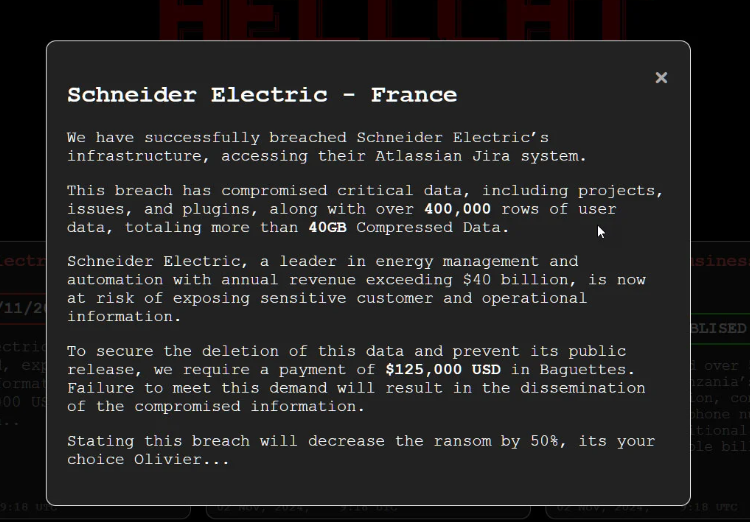
In our technologically advanced era, where cyber threats and data breaches are constantly evolving, it’s crucial for companies to focus on Security Configuration Management (SCM) to protect their resources and information. Whether dealing with infrastructure, cloud services, industrial installations, or outsourced solutions, each environment presents unique security challenges that require customized approaches and tools for effective protection. Let’s explore SCM, its significance, and the specialized strategies and methods used in different settings.
Understanding Security Configuration Management:
Managing security configurations involves using processes and tools to oversee and control the security parameters of IT assets, such, as operating systems, applications, network devices, and cloud services. SCM ensures that all settings are secure, uniform, and in line with company policies and regulatory standards.
The core components of SCM are:
- Configuration Assessment: Evaluating the current configuration of systems to identify vulnerabilities.
- Configuration Baselines: Establishing a set of security standards for systems and applications.
- Continuous Monitoring: Regularly checking systems for compliance with the established baselines.
- Remediation: Correcting any deviations from the baseline configurations.
The Importance of SCM in Various Environments
In today’s IT setups, you’ll often find a mix of operating systems, platforms, and applications. This variety can complicate matters and increase the chances of exploitable configuration errors. SCM offers a way to manage this complexity, ensuring all components adhere to security rules.
For SCM to be effective, it must be tailored to different environments. SCM can fulfill many implementation requirements, including on-premises, industrial, IT and OT, and managed services environments.
On-Premises Environments:
On-premises environments are where an organization’s technology and software are physically located at its own facilities. These environments often include servers, databases, and network devices. Traditionally, SCM has played a significant role in this setting, ensuring that all systems are securely configured from initial setup through their lifecycle.
- Policy Enforcement: SCM ensures that security policies are consistently applied across all systems according to organizational standards. This includes firewalls, malware protection, and intrusion detection systems.
- Patch Management: Regular updates and patches are critical for maintaining security. SCM helps automate this process, ensuring systems are up-to-date and protected against known vulnerabilities.
- Access Controls: Implementing strict access controls is essential to prevent unauthorized access. SCM ensures that only authorized personnel can access sensitive information, reducing the risk of insider threats.
- Compliance: On-premises environments often need to comply with industry standards as well as regulations. SCM helps organizations meet these requirements by maintaining proper security configurations and audit trails.
Cloud Environments:
The migration to cloud computing has introduced new challenges and opportunities for SCM. Cloud environments are dynamic, scalable, and often managed by third-party providers, requiring a different approach to security configuration.
- Shared Responsibility Model: In the cloud, security responsibilities are divided between the cloud provider and the customer. SCM ensures that both parties understand and fulfill their roles, particularly in configuring security groups, network access controls, and encryption settings.
- Scalability and Automation: Cloud environments can scale resources up or down as needed. SCM tools automate security configurations, ensuring that new instances are securely configured from the start.
- Enhanced Visibility and Monitoring: Maintaining visibility into cloud infrastructure is crucial. SCM integrates with cloud-native monitoring tools to provide continuous oversight, detecting misconfigurations in real-time.
- Multi-Cloud and Hybrid Environments: Many organizations use multiple cloud providers or a combination of cloud and on-premises infrastructure. SCM helps manage security configurations across these diverse environments, ensuring a unified security posture.
Industrial Environments:
Industrial environments, including manufacturing and critical infrastructure, present unique SCM challenges due to the integration of Operational Technology (OT) with Information Technology (IT).
- Managing Legacy Systems: Many industrial systems run on legacy hardware and software that may not support modern security practices. SCM helps assess and upgrade these systems to enhance security while maintaining operational integrity.
- Balancing Safety and Reliability: In industrial settings, security and safety are closely linked. SCM ensures that security measures do not compromise the reliability and safety of industrial processes, such as automated control systems in a factory.
- Effective Network Segmentation: Industrial environments often rely on network segmentation to isolate critical systems. SCM helps design and enforce network segmentation policies, reducing the risk of lateral movement by attackers.
- Robust Incident Response: Given the potential impact of security incidents on physical infrastructure, robust incident response plans are essential. SCM includes the development and testing of incident response procedures specific to industrial contexts.
Managed Services Environments:
Managed services involve outsourcing IT operations to third-party providers. SCM, in this context, focuses on ensuring that service providers adhere to the organization’s security requirements.
- Thorough Vendor Management: Organizations must ensure that their managed service providers follow security best practices. SCM includes the establishment of clear security requirements and regular vendor compliance auditing.
- Adherence to Service-Level Agreements (SLAs): SLAs often define security responsibilities and expectations. SCM helps monitor compliance with these agreements, ensuring that managed services meet required security standards.
- Protecting Data: When outsourcing services, data protection is a primary concern. SCM ensures that data is securely stored and transmitted, utilizing encryption and access controls to safeguard sensitive information.
- Fostering Continuous Improvement: The dynamic nature of IT environments necessitates continuous improvement of security practices. SCM involves regular reviews and updates of security configurations to adapt to emerging threats and changing business needs.
Security Configuration Management is essential for various environments with unique challenges and needs. Whether handling on-premises infrastructure, using cloud services, integrating industrial systems, or outsourcing to managed service providers, SCM ensures a strong security stance. It automates processes, enforces policies, and maintains visibility to protect against vulnerabilities and threats, safeguarding the integrity, availability, and confidentiality of critical systems and data. As technology evolves, effective SCM becomes increasingly vital, making it a cornerstone of modern cybersecurity strategies.



